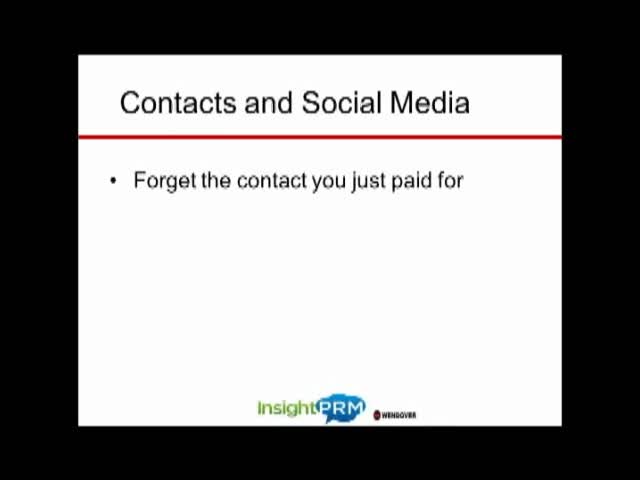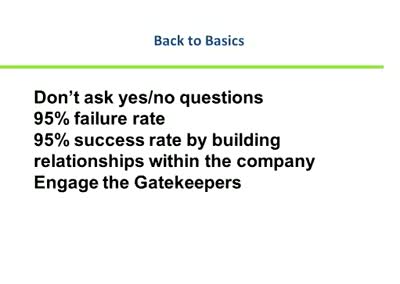Question of the Month: How do I call a leads list without feeling pushy?
by Shannon F. So you’ve been given a leads list of companies planning an office move. If you’re a moving company or an organization that provides office furniture, equipment, and services, this is actionable information that could have lucrative results – but you lack confidence when pursuing these prospects because they didn’t disclose their information directly to you. You would hate to come off as pushy or invasive. The truth is: top sales reps buy as many lead lists as they can get their hands on. Effective salespeople know they should keep adding lead sources until they can’t handle any more, but they also know that there’s a right and a wrong way to handle prospects who did not directly disclose TO YOU their plans, needs, and intent to buy. 1. Be selective. Scrutinize the leads list to see which prospects are a good fit. By doing your research ahead of time, you won’t waste time pursuing leads that are outside of your territory, too small, or otherwise not a good prospect for you. 2. Try to find a better contact in the company. Do you have an associate or friend who knows someone in the organization you are approaching? See if you can get an introduction. The rule that people do business with friends (not strangers) still holds. 3. The first time you contact a lead, you should NEVER try to sell. Send an email with free information, suggest a blog post or article that might be helpful, or […]





